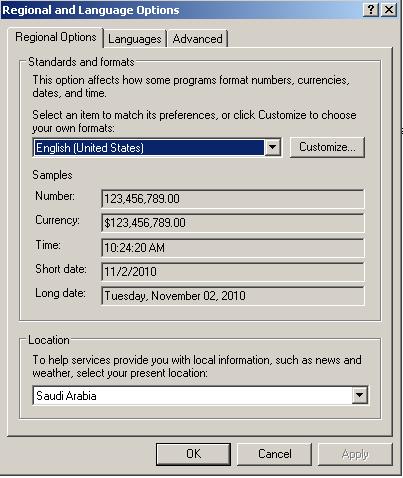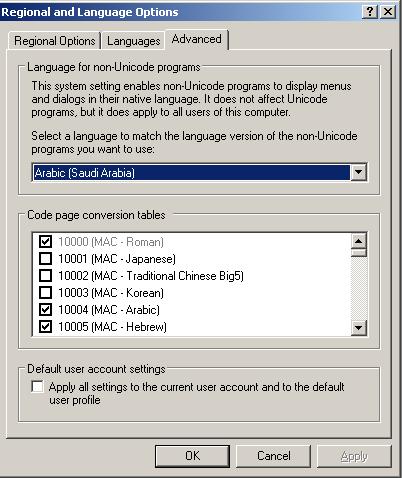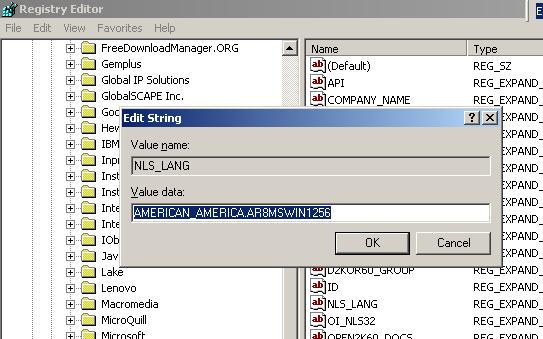What are Oracle Alerts?
A: Oracle Alerts monitor your Database information and notify you when the condition that you have specified is found. You can define Alerts in any Oracle application or custom Oracle application. Some applications (Purchasing, for example) supply Alerts that Can simply be activated and used. There are two type of Alerts, Event and Periodic.
Event Based Alerts : These Alerts are fired/triggered based on some change in data in the database.
Ex: If u want to notify your manager when you create an item in the inventory you can use event based alerts. When you create an item in the inventory it will cretae a new record in mtl_system_items_b, here inserting a record in the table is an event so when ever a new record is inserted it will send the alert.In same alert you can also send the information related to that particular item
Periodic Alerts : These Alerts are triggered hourly,daily, weekly, monthly or yearly based on your input.
Ex: If you want to know list of items created on that day at the end of day you can use periodic alerts repeating periodically by single day.This alert is not based on any chages to database.this alert will notify you everyday regardless of data exists or not that means even if no items are created you wil get a blank notification.
Q: What types of actions can be generated when an Alert is triggered?
A: When an alert is triggered or the event is true, the alert can Email a Message, Submit a concurrent program request, Run a SQL statement Script or Run an operating system script.
Q: Can I build an Alert to run with my custom applications or tables?
A: Event or Periodic Alerts can work with any custom application, as long as the application is properly registered within the Oracle Applications package.
Q: Which Email packages work with Alerts?
A: Oracle Alert is designed to work with Oracle Office, Oracle Interoffice, UNIX Send mail, and VMS Mail.
Q: Can Alerts be triggered by other Tools? (i.e. other than Oracle Forms and concurrent programs)
A: Oracle Alerts can only be triggered from an application that has been registered in Oracle Applications. Alerts cannot be triggered via SQL updates or deletes to an Alert activated trigger.
Q: What is Response Processing?
A: Response processing is a component of Alerts which allows the recipients of an alert to reply with a message and have the applications take some action based on the response. Response Processing only works with Oracle Mail Products.
Q: Do I need Oracle Applications to use Alerts?
Answer——No. The following are the only components required to use Oracle Alerts. The components must be certified versions for your hardware platform and operating system.
-RDBMS
- SQL*PLUS
- FORMS
- ORACLE MAIL product (i.e. Oracle Office or InterOffice
Q: How to create an Alert?
A:
1.Study your Business requirement and decide what type of alert you need either periodic alert or event based alert.
2. If you are going for periodic alert decide the frequency.
3. If you have chosen event based alert then find out on what event(insert,update) you want to fire the alert.
4. Decide what data need to be included in the alert.
5. Based on the data you want in the alert write a SELECT SQL statement to pull the data.
6. Create a distribution list grouping all the people to whom you want to send the alert.
Creating and Testing a Event Alert in Oracle EBS / Apps
In following example I will create an Alert which will send email to specific email ID when ever any body update or create new employee in Employee Master.
Defining an Alert :
1. Responsibility –> Alert Manager.
2. Naviate to the Alerts Window.
Alert –> Define
3. Define a Period Alert:
Application = Human Resources
Name = xxscc_test1
Enable = Selected.
4. Event
Application = Human Resources
Table = PER_ALL_PEOPLE_F
5. Enter the following SQL statement.
select employee_number
into &emp_numfrom
per_all_people_f where rowid=:rowid
6. Verify, to check whether the syntax written is correct.
7. Save
8. Define Alert Actions:
Action Name : send_email_notification
8. Define Action Details:
Click on Action Details Button
TO : Give you email ID here. Note : You can also put here also bind variable with &email if that taken in select statement.
Subject : Give Subject of you Email.
Text : hello this is test email &emp_num
9- Define Action Sets
Click on Action Sets Button.
Action Set Name = Send Email Test
Go to Action Set Details –> Members.
Action = send_email_notification as shown bellow.
10- Define Operating Unit
Click on Alert Details Button from first Alert Window.
Navigate to Installation Tab.
Operating Unit = for me it is FS_OU
11- Save.
Now if you Update or Create New Employee you will received notification in given email ID.







